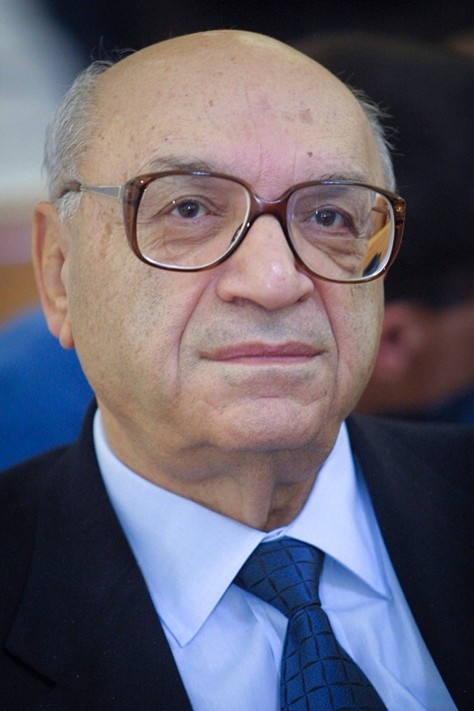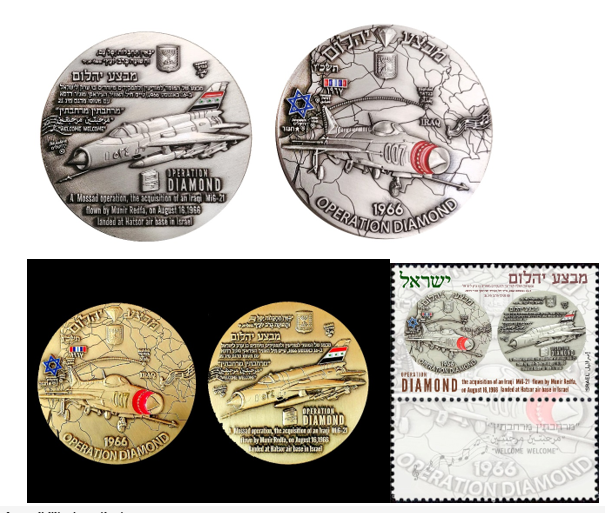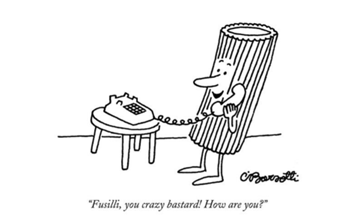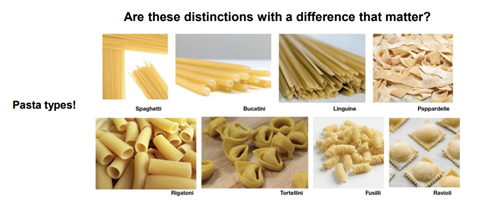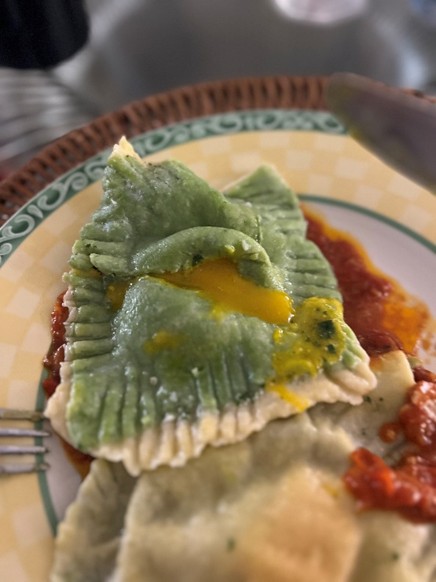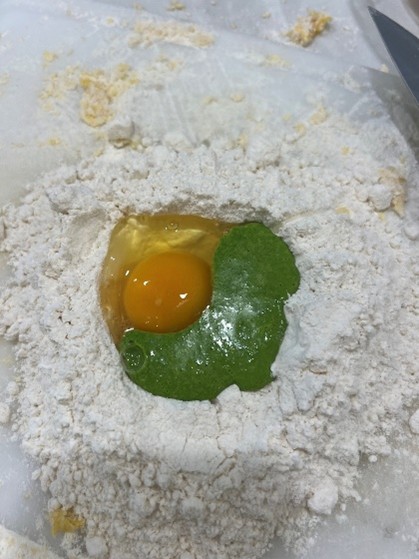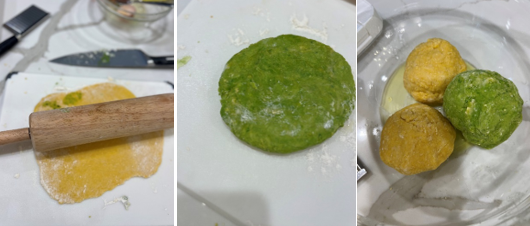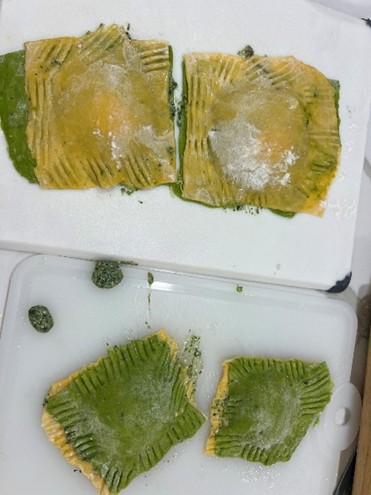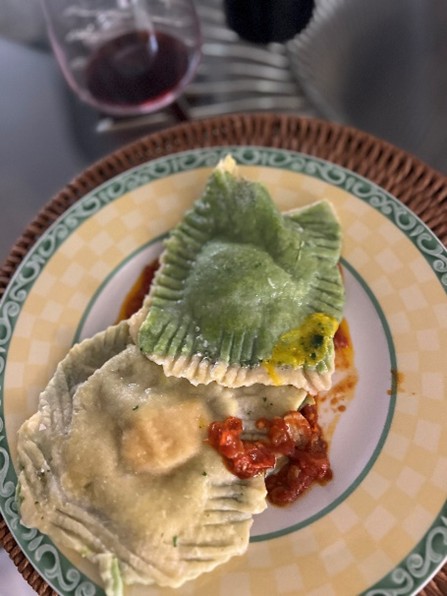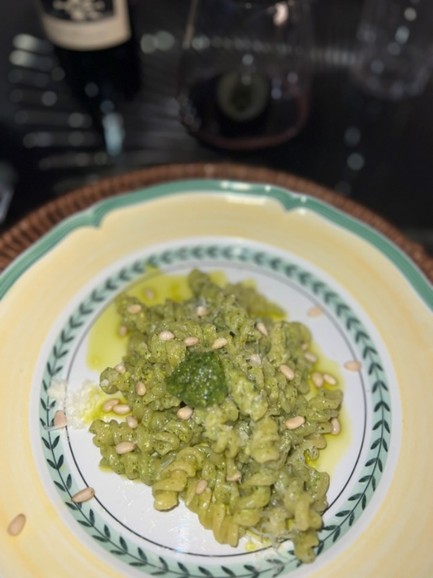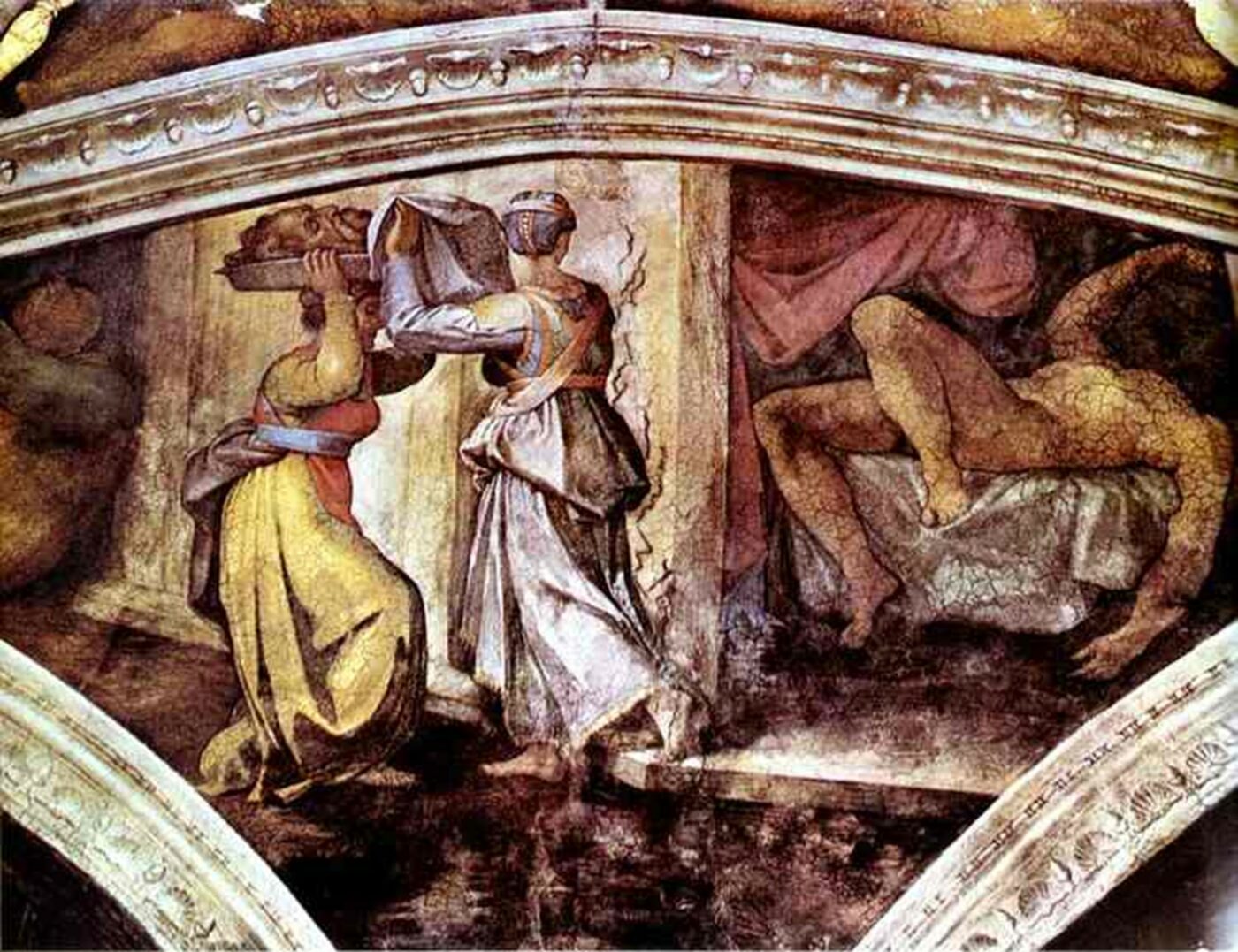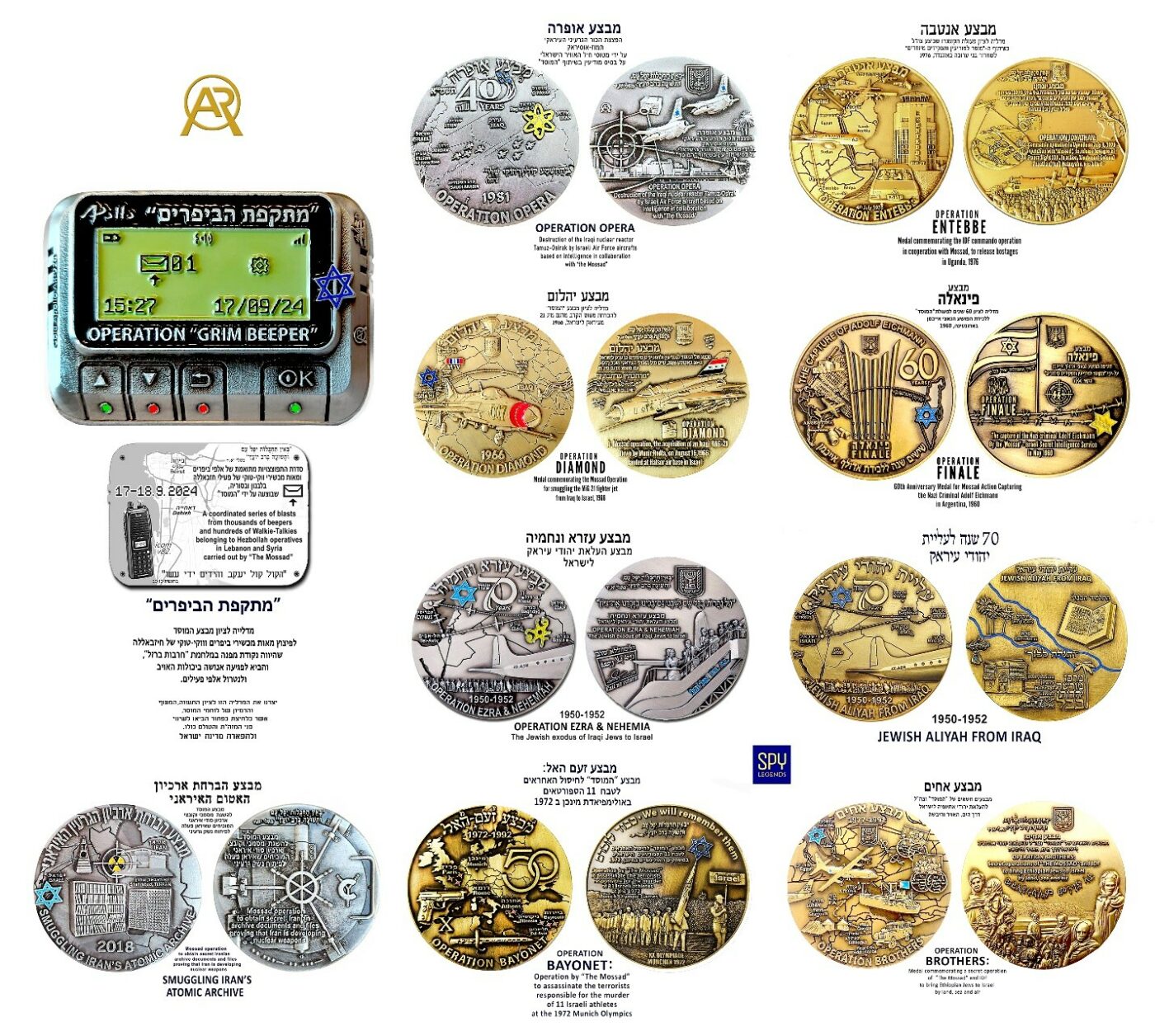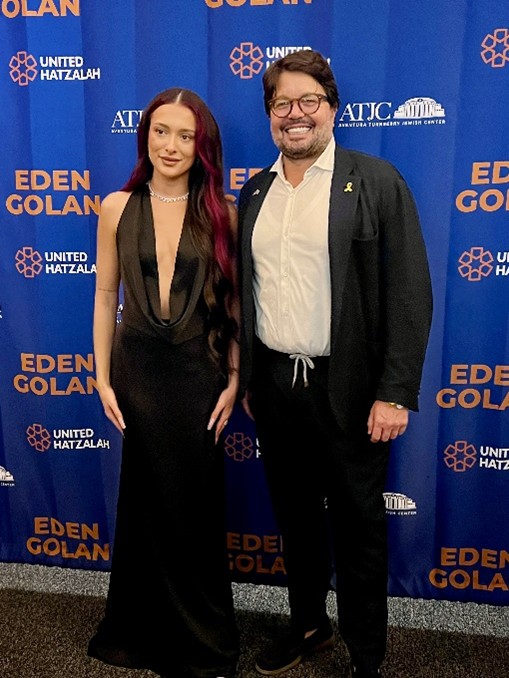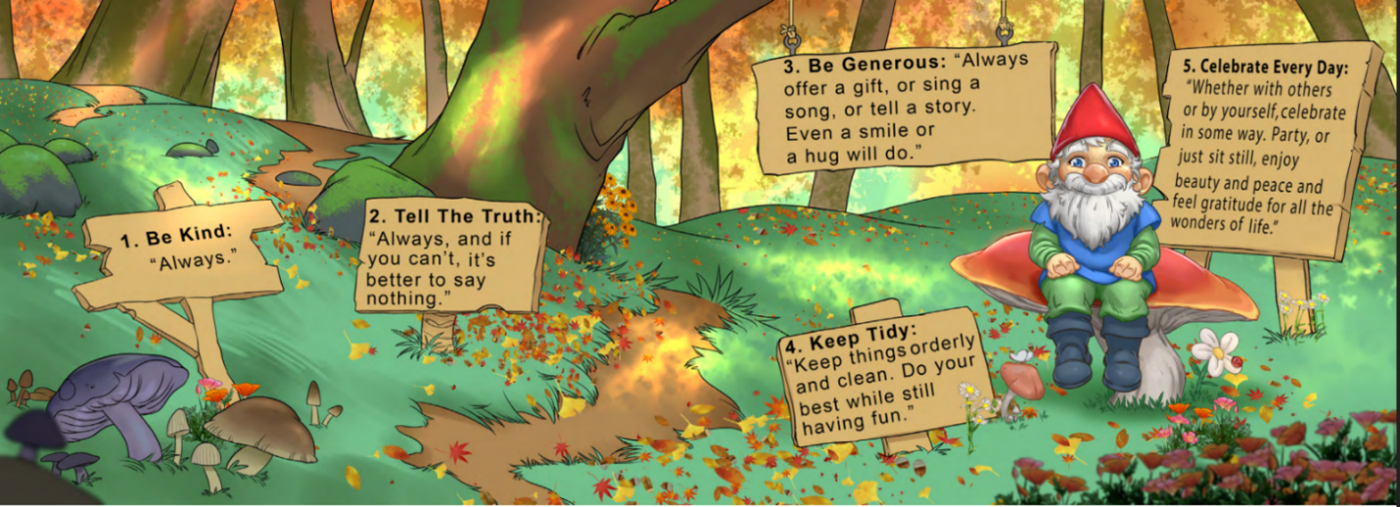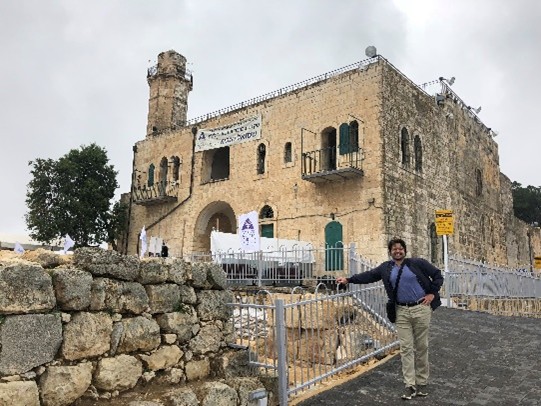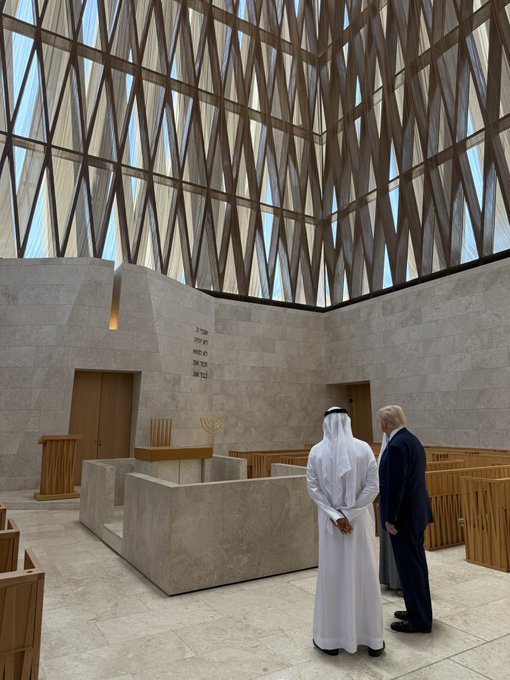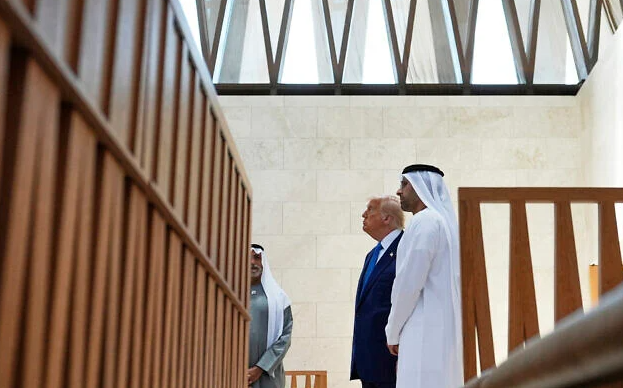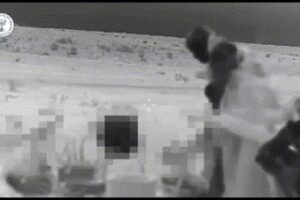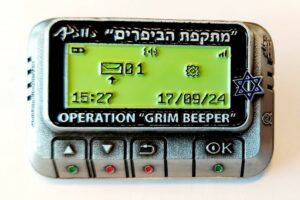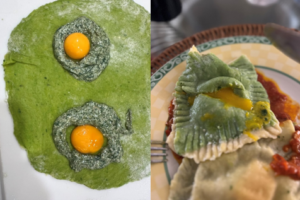Have you found a meaningful connection with a friend based on trust and belief? What enabled you to succeed? How did you handle failure?
In the 2012 Super Bowl (XLVI), the New England Patriots lost to the New York Giants in a dramatic fashion, 17-21. With less than five minutes left and a slim lead, the Patriots had a chance to seal the game. All they needed was a first down to control the clock. Tom Brady, calm under pressure as always, dropped back and threw a short 8-yard pass to Wes Welker—one of the most reliable receivers in football. In that pivotal moment, Welker dropped the pass. The Giants took over and went on to score the game-winning touchdown.
After the game, Tom Brady’s then-wife Gisele Bündchen famously remarked, “My husband cannot throw the ball and catch the ball at the same time.” Her frustration was understandable: Brady had performed brilliantly (276 passing yards, 2 touchdowns, no interceptions), but victory still slipped away because even the greatest quarterback cannot win alone.
That quote echoed in my mind during a recent Torah study session with my Rabbi. I was struck by the simple yet profound truth: the Torah cannot teach itself. You need a rabbi who knows how to “throw,” and a student who is open to “receiving.” Gisele was right. Tom can’t throw and catch the ball. And a rabbi can’t teach Torah unless a student is ready to learn.
Yesterday was my daughter Caroline’s 29th birthday. She’s getting married in a few months. I remember vividly the parental expression regarding watching children grow: “days goes slowly, but years pass quickly.” I have proudly watched Caroline grow in ways I could not have anticipated. As I sat thinking of Caroline’s growth and my own journey as a father, I remembered fondly our many meaningful moments cheering for Tom Brady and the New England Patriots together.
When Caroline was 4 years old, I remember watching the Patriots with Caroline and my friend John. Caroline asked what the players were doing (They were tackling and hitting each other), I said that they were “hugging.” For years after, Caroline would affectionately cheer the Patriots hugging the opposing players on the field. Then Caroline and I started to go to Patriot games in person. Our highlight travel game was going to Arrowhead Stadium in Kansas City for the AFC Championship game on January 20, 2019. It was sub-zero temperatures with a stadium packed with almost 80,000 Chiefs fans. After a very dramatic game, the Patriots beat the Chiefs in overtime (37-31). On February 3, 2019, I traveled to Atlanta and cheered Tom Brady and the Patriots to their 6th Super Bowl victory as they beat the LA Rams 13—3 to win Super Bowl LIII.
Watching Tom Brady’s touchdowns with Caroline over the years, I saw not just her growing up, but myself growing as a father. Reflecting on our shared passion for the Patriots, I now see a surprising connection between those terrific Tom Brady’s touchdown passes and the timeless teachings of Torah.
In Hebrew, the word Torah comes from the root יָרָה (yarah), meaning “to throw,” “to shoot,” “to direct,” and ultimately, “to teach.” Torah is a sacred toss, an act of transmission. And when we truly learn, it’s because our teacher threw the Torah portion with purpose and we were there to catch it.
There are three components involved in a touchdown pass: the quarterback, the football, and the receiver. The quarterback must read the defense, anticipate the receiver’s movement, and throw the football, not where the player is, but where the quarterback believes that the receiver will be. The receiver, also, must believe in the quarterback’s ability to anticipate his movement and intentions to arrive at the same place and space in the future. Touchdowns are the result of a dynamic combination of timing, vision, trust.
Football is not like archery, where both the archer and the target are still. In football, the quarterback is under pressure. The receiver is in motion. And defenders are trying to break the play. To succeed, the quarterback must throw the football into space—into what could be—believing the receiver will arrive in time to receive his intentional throw.
I experienced this concept when I played water polo in high school and college, I was a goalie. After a defensive stop, I had to start the offense and throw the ball far down the pool, not to where my teammate was, but where he would be swimming. If I was off by just a few feet, the pass would miss the mark, maybe hitting his head or body or even landing towards the other team. But when it landed—when my teammate and the ball arrived at the same place at the same moment—it felt like purpose, timing, and trust had all come together.
During my torah study with my Rabbi over the past twenty years I’ve studied certain Torah passages multiple times. At first, I thought I was simply reviewing material, but then I realized something deeper. As the ancient Greek philosopher Heraclitus wrote, “No man steps into the same river twice—for it is not the same river and he is not the same man.” My rabbi didn’t just teach me Torah over the years, he taught younger versions of me. He tossed spiritual ideas to someone I used to be. While some of those Torah tosses fell incomplete at the time, many have slowly grown inside me, sprouting and blossoming as I’ve lived, grieved, learned, and celebrated.
Torah study is much the same. Sometimes, my rabbi throws me a short pass, and I catch it right away. Other times, he tosses a long one—an idea meant for who I might become months or years down the line. When that happens, I may not be ready to receive it yet. But the Torah is already on its way.
In Hebrew, the word for sin is חֵטְא (chet) which literally means “to miss the mark.” When a quarterback overthrows a pass or a receiver drops the ball, the play fails. In life, when we miss the target spiritually, we too commit chet. But Judaism gives us a way back. The word תְּשׁוּבָה (teshuvah) means “return.” It’s the act of adjusting our path, recalibrating, and preparing for the next play.
That’s what the best teams do. After a missed connection, Brady and his receiver would huddle in order to talk, study, learn, and adjust for the next play. So, too, do my Rabbi and me. When a Torah idea doesn’t land, we reflect and prepare for the next spiritual spiral downfield. I’ve also huddled with Caroline and Lucy, not to coach them, but to listen. To learn how to be a better father to who they are now, not just who they used to be in my memory.
Tom Brady’s final two games as a New England Patriot offer a powerful parable, one of mitzvot, meaning, and the mysterious interplay between action and reflection. While Brady threw an astonishing 737 touchdown passes over his legendary career, it was his 613th, on December 29, 2019, versus the Miami Dolphins, that carries specific spiritual resonance. In Jewish tradition, there are 613 mitzvot each one a sacred act of intention and alignment. These include 248 positive commandments (the “do’s”) and 365 prohibitions (the “don’ts”). Fascinatingly, the human body contains 248 bones, and the calendar holds 365 days. A reminder that the Torah is not merely a moment in our minds, but a daily expression of our bodies with awareness and intention.
Just as a quarterback needs a trusted receiver, the Torah offers us a powerful spiritual parallel in the relationship between Moses and Joshua. In Numbers 27:18–20, God instructs Moses:
“Take Joshua … and lay your hand upon him. Give him of your splendor, so that all the congregation of the Children of Israel may obey.”
After forty years of leading the Israelites through wilderness and wonder, Moses knew he would not enter the Promised Land. But he didn’t fumble his final moment. He made the perfect pass, transferring his wisdom, authority, and divine spirit to Joshua. It was not merely a handoff of leadership; it was a deeply intentional act of trust, timing, and spiritual alignment.
In many ways, this was the original Torah touchdown.
Moses was the ultimate quarterback of the Exodus generation. He read the defense to overcome Pharaoh, the chait/sin of the Golden Calf, Amalek, rebellion, and fear; adjusting the playbook accordingly to each one. He brought the Children of Israel to the brink of redemption and then, with God’s guidance, threw the final pass. Joshua caught it. Not with speed, but with humility. Not with athleticism, but with faith.
This sacred connection between Moses and Joshua mirrors the legendary quarterback-receiver duos in Tom Brady’s career. Brady didn’t throw 737 touchdowns into empty space, he threw them to someone. The most meaningful of those throws were caught by trusted receivers who had run their routes with intention and precision. Each of the following receivers demonstrate Kavannah (כַּוָּנָה) which is a Hebrew word meaning intention, focus, or direction of the heart. In Jewish tradition, kavannah refers to the inner mindset and spiritual concentration one brings to an action, especially during prayer, mitzvot (commandments), Torah study, and especially catching Touchdown tosses.
- Rob Gronkowski (105 TDS). Brady’s Joshua of the red zone, always dependable and fearless in the fray.
- Julian Edelman (41 TDs) Was the scrappy student, catching spiritual short routes and turning them into miracles. None more miraculous than his catch in Super Bowl LI against the Atlanta Falcons, arguably the greatest catch in Super Bowl history. The ball bobbed, wobbled, brushed defenders, hovered in limbo and then, somehow, landed in Edelman’s grasp inches from the turf. It was a moment of perfect Kavannah (כַּוָּנָה), of never giving up on the spiral of possibility.
- Randy Moss (40 TDs) Stretched the length of field with his speed and reach, a reminder that some Torah truths fly far before they land.
- Wes Welker (38 TDs) Was the consistent vessel:reliable, humble, and ever ready to receive.
- Mike Evans (36 TDs) A late-career addition, reminds us that even at the end of a journey, new receivers can rise.
Moses and Joshua. Brady and Gronk. Brady and Edelman. It’s not just about the throw, it’s about the bond. The trust. The belief. The kavannah.
In Torah and in football, a pass is only as meaningful as the trust it represents. The spiritual spiral only becomes a revelation when someone is there to receive it with open hands, full heart, and total prescient presence.
In Brady’s final regular season game as a Patriot, he threw his 613th touchdown pass—a perfect symbol of a mitzvah fulfilled. But just one week later, in his final playoff appearance for New England, that sacred spiral was countered by a symbolic misfire: a “pick six” interception returned for a touchdown by former teammate Logan Ryan, sealing a 24–27 loss to the Tennessee Titans. That painful interception—a missed mark—echoes the Hebrew word for sin, חֵטְא (chet), which means “to miss the target.”
The juxtaposition was striking: a Torah touchdown and a chet interception. Together, they form the biblical bookends of life itself: moments of grace followed by moments of reckoning. But Judaism offers a powerful path forward through תְּשׁוּבָה (teshuvah)—return, repair, realignment. For Brady, that next step came in the form of a bold departure. A few months later, Tom Brady left the Patriots and signed with the Tampa Bay Buccaneers. In his very first season with the team, he led them to victory in Super Bowl LV, defeating the Kansas City Chiefs 31–9. It was Brady’s seventh Super Bowl title and his first outside of New England. He was named Super Bowl MVP for the fifth time. The game, played on February 7, 2021, at Raymond James Stadium in Tampa, marked the first time in NFL history that a team won the Super Bowl in its home stadium.
On June 12, 2024, Tom Brady was inducted into the New England Patriot’s Hall of Fame. His career, like Torah itself, reminds us that every pass holds the potential for purpose, and that redemption can also arrives after each fumble.
As much as I have rejoiced in Tom Brady’s 7 Super Bowl wins and his 737 touchdown passes, I have discovered that each time I catch one of my rabbi’s torah touchdown tosses, perfectly in stride, it changes everything.
Enjoy a haiku inspired by this blog:
Torah in motion
Spirals of thought, thrown with care,
Caught when hearts are still.
Appendix
On August 8, 2025, the New England Patriots will unveil a statue of quarterback Tom Brady outside of Gillette Stadium. Plans for the 12-foot bronze statue were originally announced on June 12, 2024, when Brady was inducted into the franchise’s Hall of Fame. June 12, 2024, is now affectionately known as “Tom Brady Day” in Patriots territory because that represents the number of Super Bowl championships Brady won with the team (six) and his jersey number (12) and number of years (24) Tom Brady played with the Patriots.
The statue will stand alone in the plaza outside of the Hall of Fame to symbolize his position, “not as the greatest in franchise history, but as the greatest in all of NFL history,” team owner Robert Kraft said at the time.
Brady, 47, was a three-time NFL Most Valuable Player who holds the league records for completions (7,753), pass attempts (12,050), passing yards (89,214) and touchdown passes.(649). He added his record seventh Super Bowl championship with the Tampa Bay Buccaneers in the 2020 season.
Caroline and Andy at Kansas City January 20, 2019, AFC Championship Game
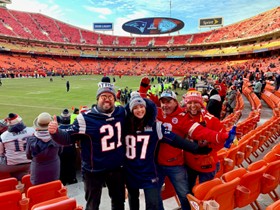
Caroline and Andy at Gillette Stadium September 8, 2019

Andy and Tom Brady at Gillette Stadium on June 3, 2019



